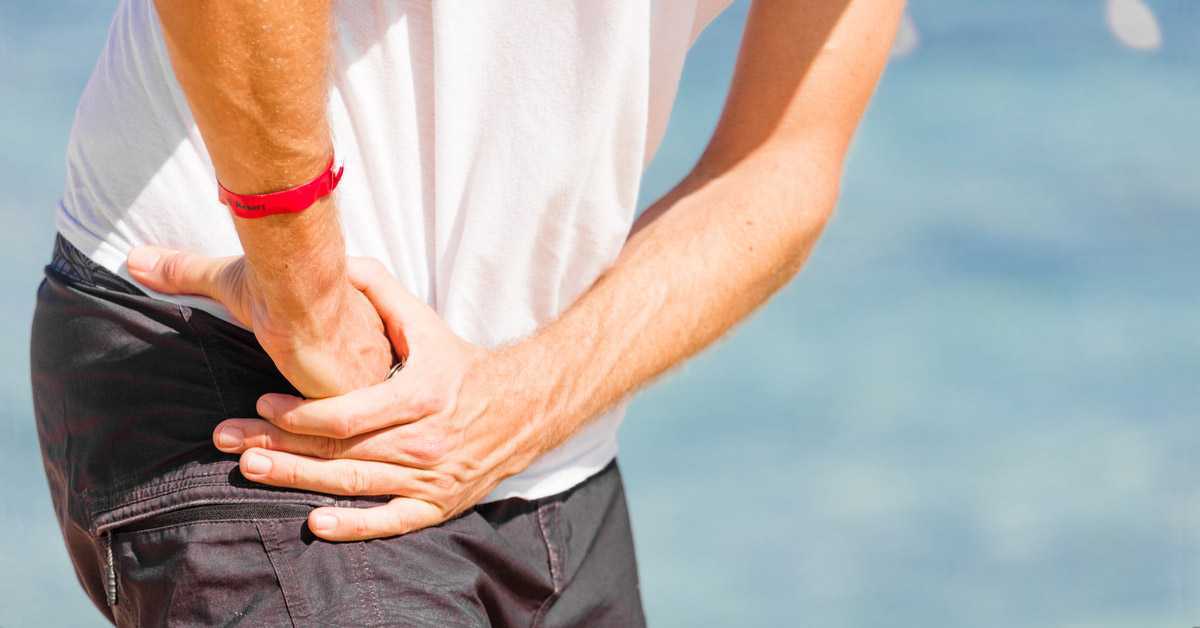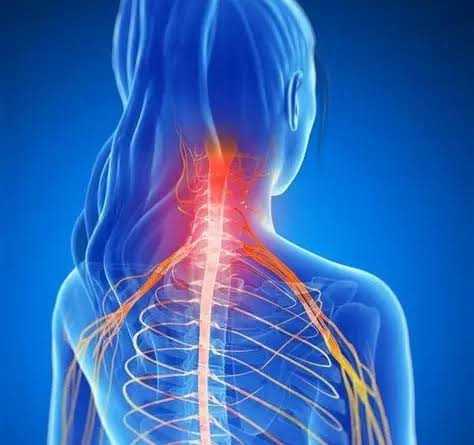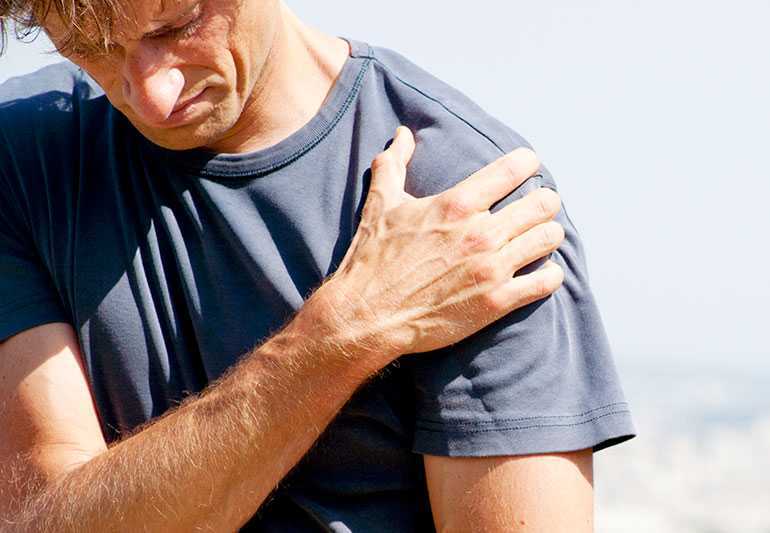The hip is one of the most complex joints in the body and can commonly be associated with pain. There are various structures in the hip that can become sensitised.
Hip pain typically presents as deep pain in the anterior hip and groin region and can also present as buttock pain. Symptoms may include:
- Deep seated ache with prolonged hip flexion / sitting in low chairs
- Sharp catching / giving way pain
- Painful putting on shoes and socks
- Getting in and out of a car
- Worse with squatting or lunging movement
- Symptoms are often exacerbated after repetitive exercise
This can be influenced by numerous factors including level of activity, intensity of exercise, frequency of exercise / activity along with numerous lifestyle factors.
Hip pain may be due to intraarticular pathology (inside the hip joint) or extraarticular pathology (outside the hip joint) and in some cases it can be both.
We can also broadly categorise pain in the hip region depending on the location of symptoms into:
Groin pain
- Adductor related
- Pubic related
- Inguinal related
- Iliopsoas related
Anterior hip pain – (at the front of the hip)
Lateral hip pain (on the side of the hip)
Buttock pain / Posterior hip pain (at the back of the hip)
There are numerous anatomical variations that can occur in the hip. The way that our hip and pelvic bones are shaped can should also be considered when examining a person with hip pain.
Some pathologies that can occur in the hip and pelvic region include:
- Femoroacetabular impingement syndrome (FAIS)
- Acetabular labral tear
- Hip Osteoarthritis
- Synovitis
- Acetabular Dysplasia
- Gluteal tendinopathy
- Greater trochanteric Bursitis
- Iliopectineal bursitis
- Ischiofemoral impingement syndrome
- Ligamentous teres tears
- Proximal hamstring tendinopathy
- Piriformis syndrome / Deep gluteal syndrome
- Adductor tendinopathy
- Osteitis pubis
How can we help?
The appropriate assessment is key, this can assist in improving your understanding of your pain and help to direct the appropriate management. Furthermore, in many cases we can aim to reduce, unnecessary imaging, injections and surgery.
Hip pain is multifactorial and is not always associated with tissue damage. There are many factors that can influence a pain experience. With appropriate education and management, conservative treatment including manual therapy and exercise can achieve some fantastic long-term outcomes.












